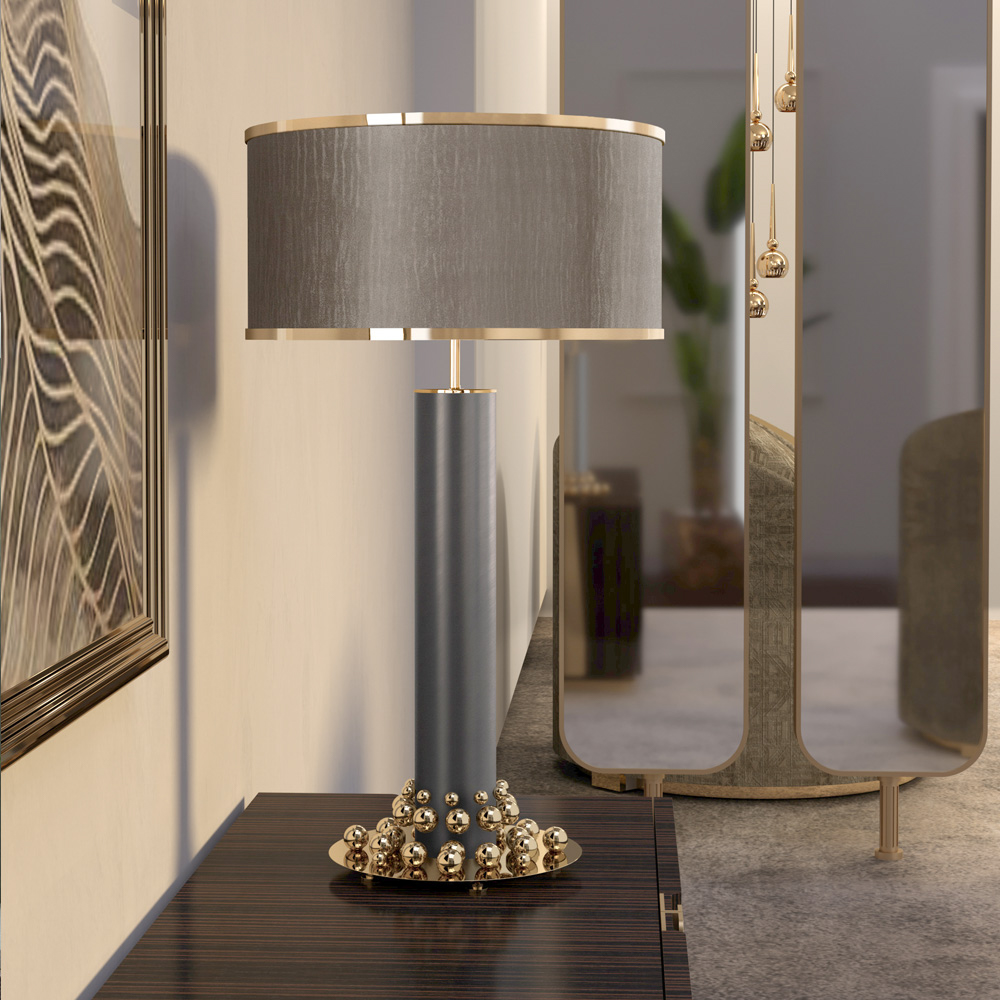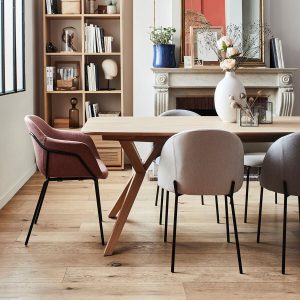
Using Furniture Cleaner to Keep Your Wooden Furniture Looking Great
Wood furniture is classic and often a focal point of any room, but it can be difficult to keep looking beautiful over time. Even if you dust and polish regularly, over time wood can look dull and discolored. Using the right type of cleaner can restore the shine to your wood furniture, as well as remove stubborn or sticky grime. If you are unsure which type of cleaner to use on your specific piece of furniture, consult a professional. They will have the proper tools, detergents, stain treatments and machine to clean your furniture effectively.
Wood is often a staple in farmhouse, vintage and flea market style decor. However, wood furniture can be challenging to maintain due to the fact that it can be difficult to get rid of scuff marks and other discoloration from day-to-day wear and tear. The right furniture cleaner can help you remove scuff marks, stubborn dirt and sticky grime that will not budge with just a duster. Before using any type of cleaning product, always test a small amount in an inconspicuous area to ensure that it will not damage your furniture.
Once you have determined that a gentle cleaner is safe for your furniture, start with a damp cloth to wipe down the surface. Be sure to use a microfiber cloth so that you will not damage the wood with rough or scratchy pads. After wiping the furniture, dry it completely with a clean cloth or towel.
If a stubborn stain remains, you can use a mixture of water and mild soap. Safe choices include a solution of 1 to 2 teaspoons of mild dish soap in a gallon of warm water, or a household product that does not contain ammonia and is safe for sealed wood, such as Original Pine-Sol multi-purpose cleaner. If you are unsure which to use, be sure to read the label on your wood furniture and follow the instructions carefully.
Another option to try for removing a sticky buildup on your wood furniture is steeping black tea bags in hot water. The tannic acid in the tea will break down the waxy residue and help to restore your furniture’s luster.
Upholstery can be a challenge to keep clean, especially if it is made of a fabric that easily absorbs spills. The best way to deal with a liquid spill is to blot, rather than wipe or scrub, the stain. This will prevent the liquid from soaking into the fibres and leaving a mark.
To keep your upholstery looking great, consider a monthly treatment with an upholstery protector. This will protect the fabric from stains and soil, as well as prolong the life of your furniture.
If you have a leather couch or chair, keep it out of direct sunlight to avoid drying and cracking. A quality protector will also help to repel stains, as well as making the piece of furniture softer. A good quality leather conditioner can also be used to re-moisten the material, making it easier to wipe away any spills.


